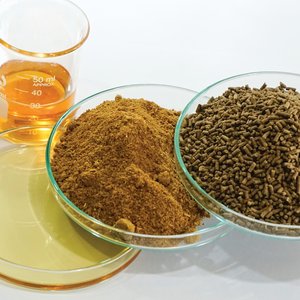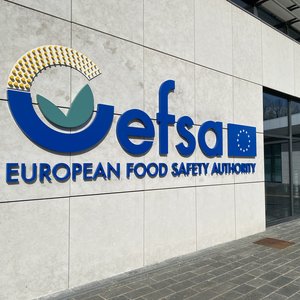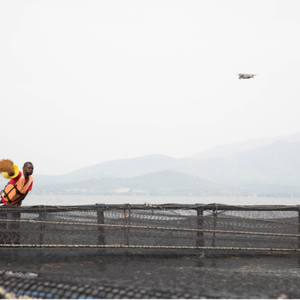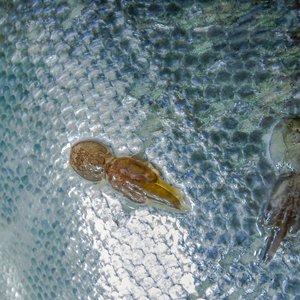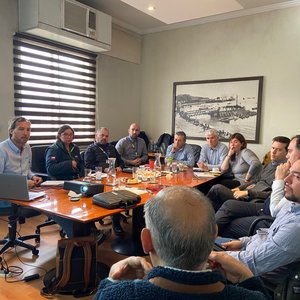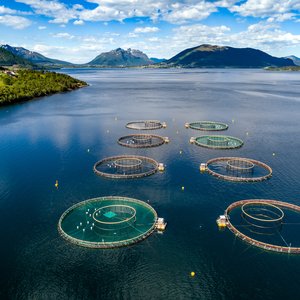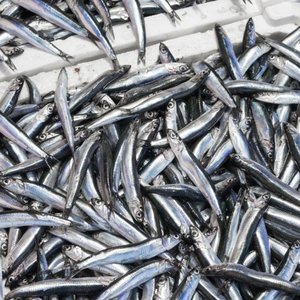EU feed rules move towards redrafting
The European Parliament approved a first-reading compromise reached with Council on plans to redraft existing EU rules on the authorizing and labeling of animal feed. The aims are to preserve the customer's right to information while safeguarding the industry's intellectual property rights. The legislative resolution was adopted with 543 votes in favour, 8 against and 26 abstentions.
"Animal feed has been the source of many food scandals, such as BSE and dioxin. We don't want to see that any more and have built up systems of prevention and control. The regulation for feed labelling is an important piece in the system to prevent feed and food scandals", according to Friedrich Wilhelm GRAEFE ZU BARINGDORF (Greens/EFA, DE), who drafted report on the matter.
Following the BSE and dioxin crises, a rule was laid down in 2002 that all raw materials used in the manufacture of animal feed must be stated as a percentage of total weight. This "open declaration" system was one Parliament's key demands at the time. However, it allowed a tolerance figure of +/-15% on the label, with a right for users to be told the exact amount of each ingredient on request.
In a judgment on a complaint that this system infringes intellectual property rights, the EU Court of Justice has ruled that the principle of “open declaration” is valid but that providing "exact information on request" is disproportionate in relation to the stated objective of health protection.
Labelling and other information requirements clarified
In response, the Commission has proposed replacing the requirement to state all raw materials used as a percentage of total weight with a simple list of ingredients in decreasing order by weight, in line with rules for food for human consumption. Producers would also have to provide, at a consumers' request, quantitative data in a range within +/- 15% of the exact quantity, but have a right to refuse the request with reference to their intellectual property rights.
Key points of the compromise between MEPs and Council include the following:
- the right to refuse data to customers is replaced by a general clause stating that information should be provided "without prejudice to the provisions of the 2004 directive on intellectual property rights";
- the right of customers to demand additional information from the competent authorities (albeit only in the event of health and environmental emergencies);
- in addition to the new voluntary EU catalogue of feed materials, manufacturers must notify immediately, in an on-line register, the use of new feed materials not listed in the catalogue;
- if purchasers raise doubts as to the truthfulness of nutritional claims used in marketing, the national authorities must verify the "scientific substantiation" of the claim or ask the Commission to clarify matters (including, if necessary, by requesting an opinion from the European Food Safety Authority – EFSA);
- at MEPs' request, the new legislation will include a list of materials banned in animal feed (this list, compiled in 2004, includes household waste, waste water and packaging).
Under co-decision rules, a first reading agreement will be reached if this text is adopted unchanged by the full Parliament in Strasbourg this coming week and afterwards by the Council, meaning that it could enter into force in 2010.
FEFAC, the European Compound Feed Manufacturers’ Federation, welcomed the move, describing it as a key step to stimulate innovation in animal nutrition while increasing transparency in the feed chain
FEFAC President, Mr Pedro Corrêa de Barros, thanked the Members of the EP Agricultural Committee who negotiated the compromise text with the Council and the Commission during the French Presidency by stating that “the European institutions have delivered a well-balanced, modern regulatory framework for the marketing and use of feed in record time”. He noted that the new simplified labelling rules will stimulate research and development in the feed industry at a time when the EU livestock sector and the global supply of animal proteins to a growing world population are facing great challenges.
“Progress in animal nutrition science and its application in feed formulation is the key to meet the consumer’s demand for higher quality, sustainable and affordable animal proteins. The new legal framework will allow European feed manufacturers to strengthen their global leadership position in applied animal nutrition by protecting their know-how while delivering more meaningful product information to their livestock customers.”
FEFAC has already established a “to-do list” on a number of issues which are subject to co-regulation in the new framework, including the work on a new voluntary catalogue for feed materials and a code of practice for the labelling of compound feed and product claims. In cooperation with the EU feed chain partner organisations, FEFAC will seek to finalise these important sector guidance documents to ensure an efficient implementation of the future regulation.
Mr Corrêa de Barros expressed his hope that the Czech EU Council Presidency can rapidly adopt the final compromise text in order to facilitate an early publication and application date of the new regulation, thus allowing the livestock farming and the feed sectors to reap its benefits.


